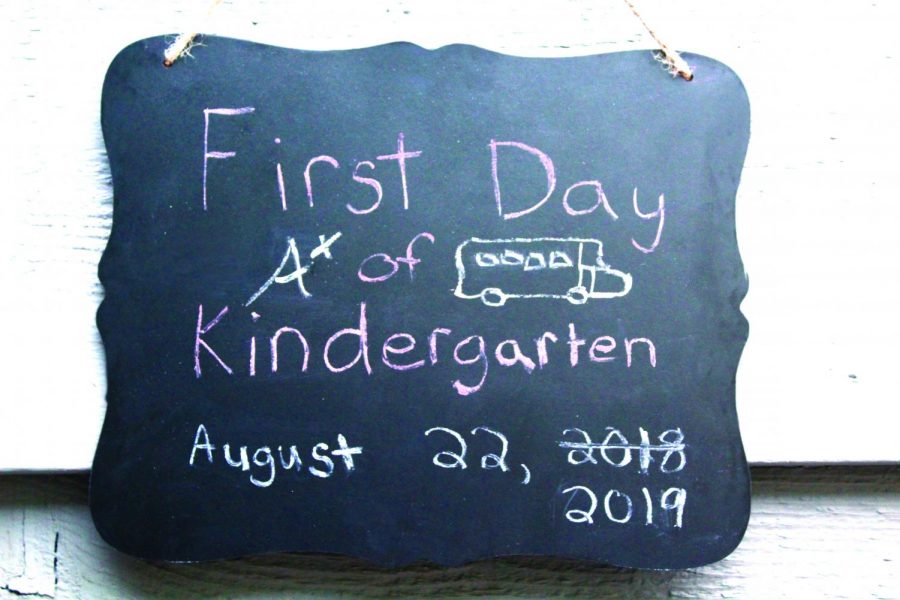Redshirting School
Some parents postpone their child’s entrance to kindergarten so the child can get ahead in the curriculum.
Redshirting has been around in athletics for decades and is now being introduced to schools and even children in kindergarten. Redshirting is defined as the practice of postponing an age-eligible child’s entrance to kindergarten to allow for additional physical, mental and emotional development. This concept has become increasingly popular among parents over the years. People debate whether this is beneficial or detrimental to children’s academic, athletic and social development.
Some negative impacts redshirting can have on a child include the child becoming bored in the year they have off, along with less peer to peer learning because of the age gap between the child and their classmates. This age gap also results in a maturity difference, which can cause difficulty in making friends during early years. Another negative effect comes on the family who waited a year to put their child in kindergarten. The financial aspect of one of the negatives is the family needing to pay for an extra year of tuition for daycare or preschool. Also, those children are entering the workforce a year later than they should be, which affects the economy, the child and the child’s family. Despite these negatives, there are positives to redshirting as well. Some of the positive effects are higher test scores in the early schooling years and more advanced attention skills, which will enhance their learning in and out of the classroom.
Ultimately, the decision to wait a year to put a child in kindergarten is up to the child’s parent. To help a parent decide whether or not to enter their child in kindergarten, one of Rasmussen College’s freelance writers for Collegis education, Ashley Brooks, wrote some tips on the school’s website.
“Watch for signs that your child is ready for kindergarten, like an ability to communicate and listen as well as how they get along with others,” Brooks wrote. “On the other hand, Baez [a pediatric occupational therapist, child development expert and founder of Playapy, Amy Baez] recommends being aware of signs that your child could benefit from an extra year in preschool or childcare, such as not being able to follow simple instructions or not being able to sit at a table for more than 15 minutes.”
The concept of redshirting became more popular in recent years, but it also occurred in past years when current high school students entered kindergarten. Because of this, some high school students are in the grade level below the class they should be based on their age. For example, sophomore Konstantinos Kaliakmanis turned 16 in March, making him a year older than his classmates. Kaliakmanis is glad that his parents decided to wait a year before entering him into kindergarten.
“I got held back in kindergarten because I was speech delayed,” Kaliakmanis said. “So I didn’t talk until I was six years old.”
As with some other redshirted kids, Kaliakmanis believes he is better off academically and athletically because of his extra time before kindergarten. Redshirting has seemingly affected him in a positive way; he has made friends the same as his classmates and the issue of maturity between him and his classmates was not a problem growing up. Another Antioch Community High School student who is a year older than their classmates is junior Hayley Powers.
“I like being in the grade that I’m in because I feel more comfortable with [my classmates] due to the fact that I have been in the same grade with them since first grade and I honestly don’t see myself being a senior right now,” Powers said.
Redshirting has both negative and positive effects depending on the student. Redshirting can neither be generally described as beneficial nor detrimental to education as a whole. Whether or not a student would benefit from redshirting can only be determined by the child’s individual characteristics.


